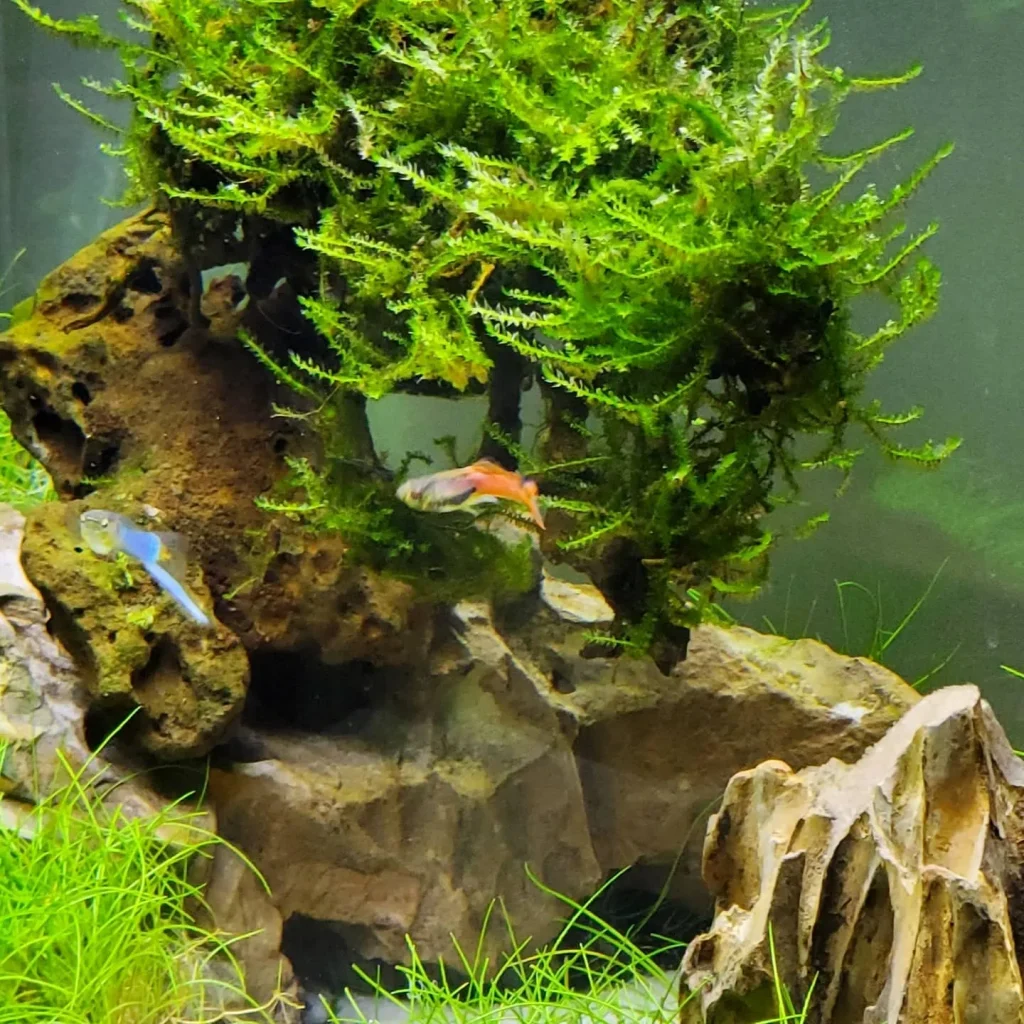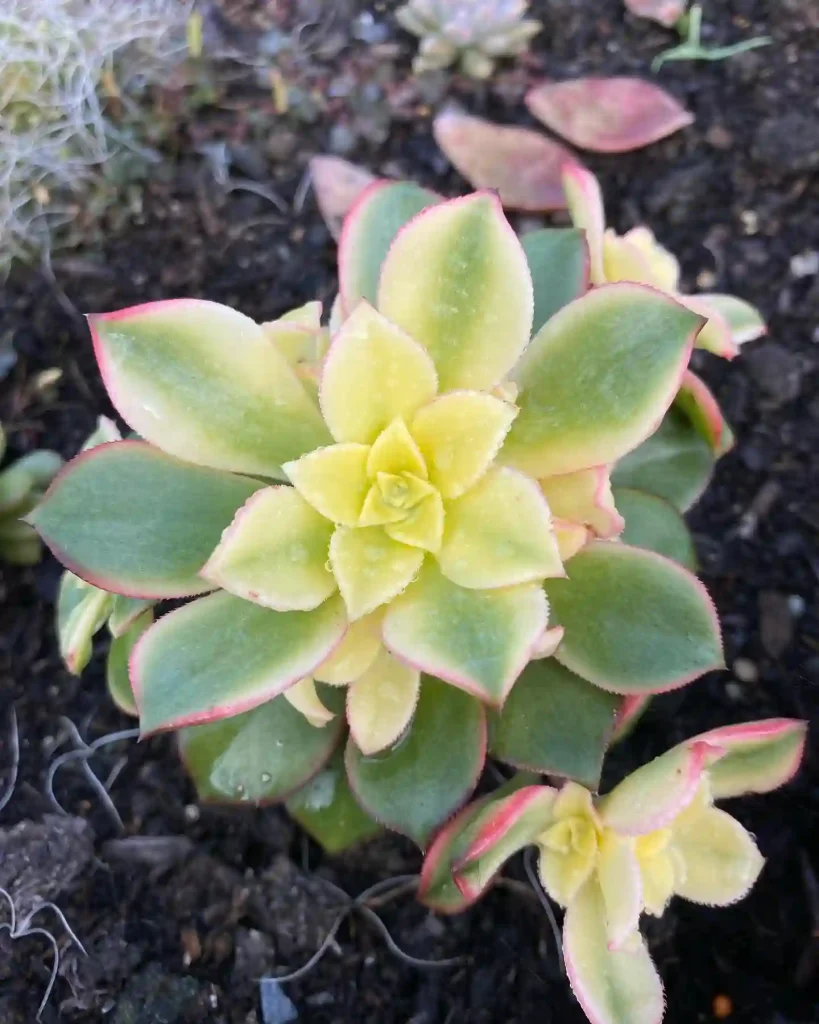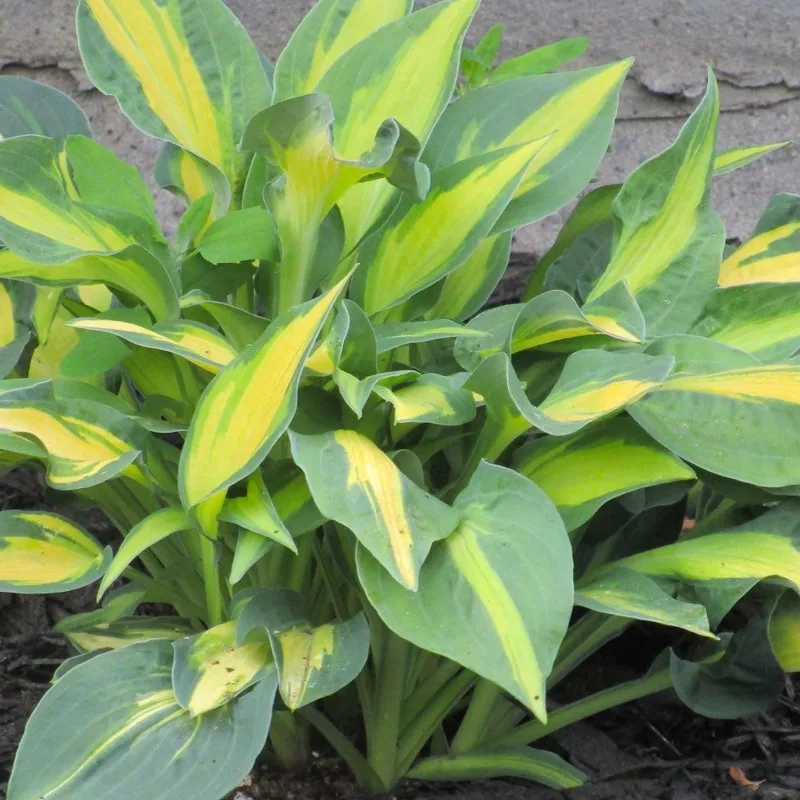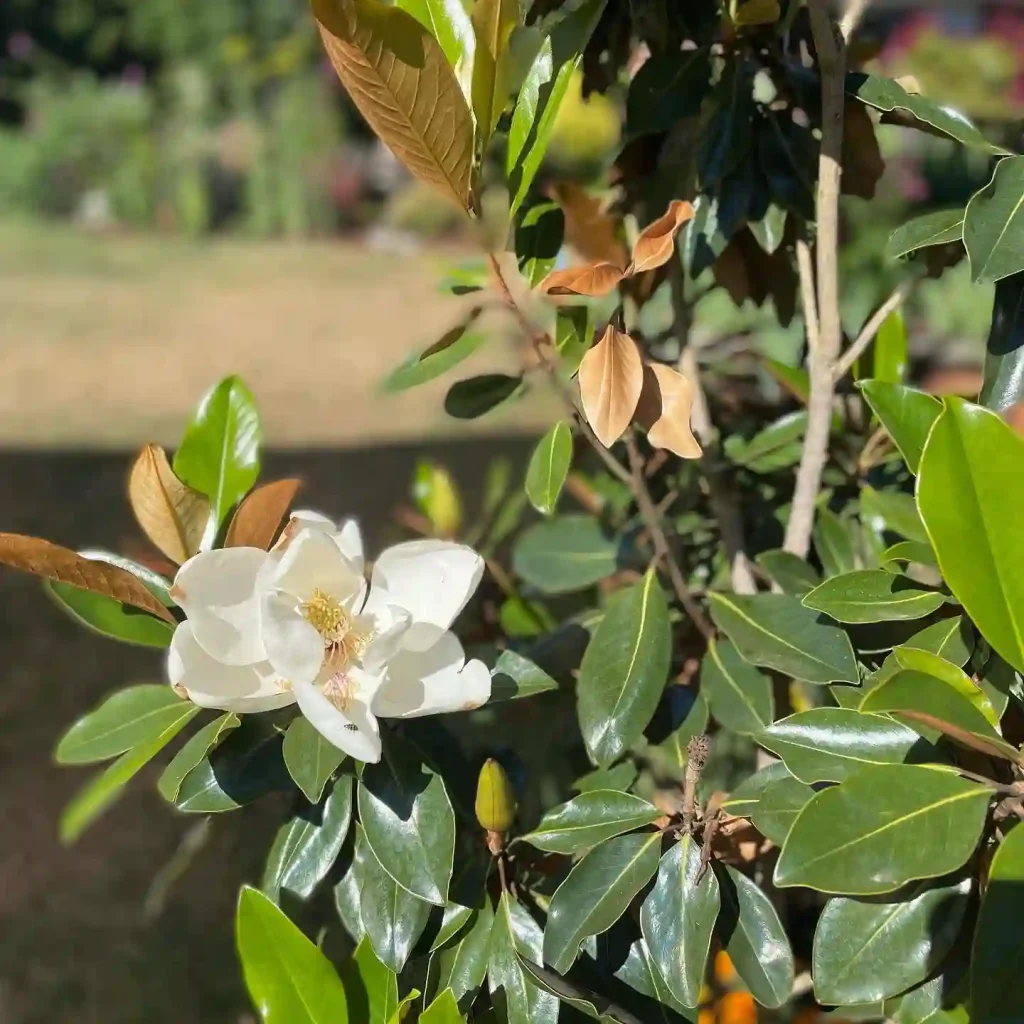What is Rhaphiolepis Ballerina?
Rhaphiolepis Ballerina is a charming and hardy shrub that stands out in any garden with its graceful, white to pale pink blossoms. Also known as Indian Hawthorn, this evergreen plant is a member of the Rosaceae family. It is well-loved for its compact size, typically reaching around 3-4 feet in height and width, making it perfect for smaller spaces or as a foundation plant. The plant blooms in late spring, providing a beautiful display of flowers that attract pollinators like bees and butterflies.
12 Species in Genus Rhaphiolepis
How to Care for Rhaphiolepis Ballerina?
Sunlight: Rhaphiolepis Ballerina thrives in full sun to partial shade. While it can tolerate some shade, too much can lead to fewer blooms and leggy growth.
Watering: This plant is drought-tolerant once established, but it does best with regular watering, especially during hot, dry spells. Ensure the soil is well-drained, as Rhaphiolepis doesn’t like to sit in waterlogged conditions.
Soil: Rhaphiolepis Ballerina prefers slightly acidic to neutral soil. If your soil is too alkaline, you might notice yellowing leaves, a condition known as chlorosis. Amending the soil with organic matter like compost can help balance pH levels.
Pruning: Pruning is minimal but should be done after the blooming season to maintain the plant’s shape and encourage healthy growth. Remove any dead or diseased wood to prevent the spread of fungal infections.
Fertilizing: Use a balanced, slow-release fertilizer in early spring to support healthy foliage and bloom production.
How to Propagate Rhaphiolepis Ballerina?
Propagation of Rhaphiolepis Ballerina can be done through cuttings or seeds.
Cuttings: The most reliable method is through semi-hardwood cuttings taken in late summer. Dip the cut ends in rooting hormone and plant them in a well-draining potting mix. Keep the cuttings in a warm, humid environment until roots develop, which usually takes a few weeks.
Seeds: If propagating by seed, sow them in a seed-starting mix and cover them lightly with soil. Keep the soil moist and provide indirect light. Germination can be slow and might require stratification, a process of exposing seeds to cold temperatures to simulate winter conditions.
What to Plant with Rhaphiolepis Ballerina?
Rhaphiolepis Ballerina pairs well with a variety of plants, creating a visually appealing landscape.
- Companion Plants: Consider planting it alongside other evergreens like Boxwood or Holly for a structured, formal garden. For a more relaxed, cottage garden look, pair it with flowering perennials like Lavender or Salvia, which can complement the color and texture of Rhaphiolepis.
- Groundcovers: For a complete garden look, underplant with groundcovers like Liriope or Creeping Thyme to add depth and texture.
Benefits of Rhaphiolepis Ballerina
Rhaphiolepis Ballerina offers several benefits that make it a valuable addition to any garden:
- Low Maintenance: It’s a relatively low-maintenance plant, making it ideal for busy gardeners or those new to gardening.
- Pollinator-Friendly: The flowers attract bees, butterflies, and other pollinators, which help support local ecosystems.
- Ornamental Value: Its evergreen foliage and beautiful blooms add year-round interest to the garden.
- Drought Tolerance: Once established, Rhaphiolepis Ballerina can withstand periods of drought, reducing the need for frequent watering.
Is Rhaphiolepis Ballerina Toxic?
Rhaphiolepis Ballerina is not known to be toxic to humans or pets, making it a safe choice for family gardens. However, as with any plant, it’s always a good idea to discourage children and pets from ingesting any part of it.
Common Problems with Rhaphiolepis Ballerina
While Rhaphiolepis Ballerina is generally a robust plant, it can encounter some common issues:
- Leaf Spot: One of the most common problems is leaf spot, a fungal disease that causes dark spots on the leaves. This can be managed by ensuring good air circulation around the plant and avoiding overhead watering.
- Root Rot: Overwatering or poor drainage can lead to root rot, which can be fatal. To prevent this, plant Rhaphiolepis Ballerina in well-drained soil and water appropriately.
- Scale Insects: These pests can infest the plant, leading to yellowing leaves and stunted growth. Regular inspection and treatment with horticultural oil can help manage scale.
Comparing Rhaphiolepis Ballerina with Other Shrubs
Rhaphiolepis Ballerina is often compared to other shrubs like Azaleas and Gardenias due to their similar bloom times and use in landscape design. However, Rhaphiolepis is more drought-tolerant and easier to care for, making it a better option for low-maintenance gardens. Unlike Azaleas, Rhaphiolepis Ballerina isn’t as finicky about soil pH, and it’s less prone to pest issues compared to Gardenias.
How to Use Rhaphiolepis Ballerina in Garden Design?
Rhaphiolepis Ballerina is versatile in garden design. It works well as a standalone specimen plant or can be used in mass plantings for a stunning effect. Its compact growth habit makes it ideal for borders, hedges, or as a foundation plant around homes. For a Mediterranean or coastal garden theme, Rhaphiolepis pairs beautifully with gravel pathways, terracotta pots, and drought-tolerant plants like Olive Trees or Lavender.
Conclusion
Rhaphiolepis Ballerina is a fantastic choice for gardeners looking for a resilient, attractive, and low-maintenance shrub. Its year-round appeal, coupled with its ease of care, makes it a staple in many landscapes. Whether you’re an experienced gardener or just starting out, this plant will reward you with its beauty and longevity.
If i die, water my plants!



